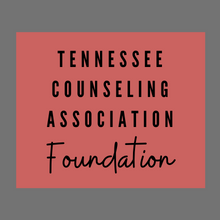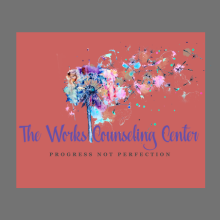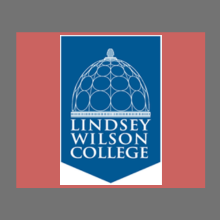Virtually A School Counselor
One of the most rewarding things I get to do as a counselor educator is to meet with practicum students for supervision. It is normally an exciting time for students as they step away from the theoretical side of counselor education and step into the real world of crowded school hallways, noisy lunchrooms, and active school counseling offices. COVID-19 hit last Spring, just as school counseling students were getting settled at their schools. Seemingly in a blink of the eye they had to worry about the health of their students, their own health, and the practical question of completing their required hours at their site. Schools scrambled to cope. School counselors worked diligently to help faculty, staff, students, and parents adjust. School counseling interns and practicum students observed it all, and felt their own level of stress and concern.
Each week the issues accumulated:
- One student was placed at a school that has 90% of students failing at least one course (no, I won’t tell you which school). How do you connect with students who are physically disconnected? How do you convince students to attend virtual classes, complete virtual class work, and care about their grades, when it appears schools may just shrug their shoulders and move students along regardless of the pile of F’s?
- Another practicum student walked the neighborhoods around her school with her site supervisor checking door-to-door on students who had not yet enrolled or attended class virtually or in-person.
- One group supervision session was taken up discussing the ethical issues involved in a situation in which a middle school student had not been enrolled in school yet, and the father was refusing to do so. The student had special needs and there was some concern about safety. Normally a truancy report would be made, but that was not being considered by the school administrators because of COVID.
- There were opportunities for data collection and analysis. One of our students had tracked academic progress at her placement and had found gender differences in virtual school attendance and passing grades. Male students were more likely to not attend and to fail their virtual courses than female students.
- One practicum student was at a school that had 60% of students back on campus in face-to-face classes. Still another completed all of her hours virtually as no students or faculty were allowed on campus.
School counselors, and all educators, were thrown in the deep end of the pool last Spring when COVID emerged. There was no playbook to follow, or experts to call. People were learning on the fly, balancing the needs of the students with the state-wide academic standards expected to be achieved (or not).
Students in the schools were often given the choice between attending physically or virtually. That is a great idea until you understand the demands this places on teachers and school counselors who then had to develop online versions of their services while also maintaining their face-to-face services. As one of my practicum students wrote: “Our department had to prepare to give comprehensive services virtually which meant we all had to learn how to operate the platforms that would allow us to deliver services. So much of my time was spent in trainings to learn how to build a Canvas course for our students, adapting our content to be able to be added to Canvas, learning about our video platform TEAMS, and once it was time to actually put these newly learned objectives into practice we had to troubleshoot the effectiveness and adjust over and over and over again. These tasks carried immense pressure! While all of this was new and difficult, so were the problems our students faced because of COVID so the number of students in need of services was a constant flow.”
Another practicum student described how the school counselors she worked with had adapted to identify and meet the needs of students by using online services. “The students fill in a bi-weekly survey about their mental health status and each time a student expresses a concern, it automatically sends the response to that student’s counselor. The next steps for this new procedure is for the counselor to reach out to the student for more clarification on their emotions, and provide the proper treatment from the student's elaboration. It has allowed many students the opportunity to express concerns that they have with themselves, how they are feeling, in a way that remains confidential because their responses are only seen by their counselor. The most effective type of counseling support has been through the bi-weekly Navigator survey. It is required for every student that logs in to complete the survey every other Thursday, and students have become more open with the process. Students have been explaining their emotional and mental hardships with the changes and uncertainty of society right now and counselors have been persistent in checking in and following steps to ensure each student receives the support that is best for their situation.”
The practicum students and interns in my program are virtually school counselors in every sense, close to graduation, not quite there yet, but eager to join their new profession. And most of them were working with their sites virtually. They didn’t have the experience they expected, but learned the virtue of flexibility in school counseling and admired the dedication of their site supervisors.









